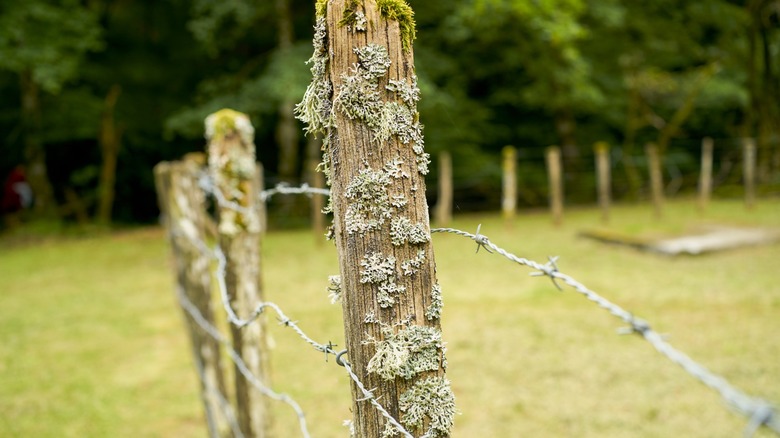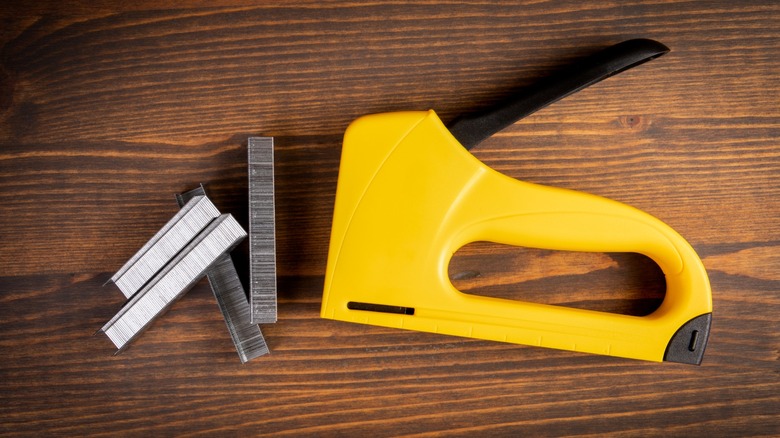What Kind Of Staple Gun Is Best For Fencing? What To Know Before You Buy
If you think fencing is just wood, wire, and posts, think again. Staple guns are like the secret handshake of fence installers. You need one that suits the job, or you'll end up with loose staples, ruined wire, or wasted afternoons. To fence properly, you want staples that hold wire tightly to posts, resist weather pulling, and don't tear the wood. Your staple gun must also deliver enough force to drive staples in without bending them, misfiring, or damaging your material. Then there's the matter of stamina. Completing fence runs means repeated stapling, which tests the tool, the staples, and your arm. If your gun jams every dozen staples, or you're wrestling bolts or air hoses more than doing actual stapling, your fence posts will know.
So, what kind of staple gun is best for fencing? In most cases, a pneumatic model is the go-to choice because of its driving force and ability to handle heavy-duty runs. That said, manual and battery-powered options can still make sense depending on your project scale, budget, and how often you'll be fencing. Choosing wisely will save you from frustration and help you get a fence that holds up against time and weather. It's not one of the budget-friendly power tools you can find at Walmart and pick up to get the job done. With that in mind, here's what kind of staple gun is best for fencing and what you should know before buying.
The fencing demands that your staple gun must meet
Fencing isn't gentle; you're anchoring wire or mesh to tough posts, and wood often have knots. The wire may pull, and the weather adds swelling, contraction, rot, and rust. A weak staple gun won't just slow you down. It'll cost more in wasted staples, retries, and broken tools. Brands like Ryobi have a range of staple guns, so you need to know how to pick out the right one. As such, the first factor to consider is the power source. There are three main staple gun types according to power source. There's the manual, the pneumatic, and the electric or battery-powered ones.
Manuals have no cords, compressors, or batteries, and they require you to squeeze the trigger yourself, which can result in limited power. This can be fine for light fencing, but it will struggle with heavier gauge wire. The electric or battery-powered guns provide more force with less effort. This makes them great for frequent or large-scale fencing. But battery charge, motor wear, and the price of replacement parts present a disadvantage.
Then there are the pneumatic staple guns, which are purebred workhorses. They have an air compressor power that can drive large staples deep and handle tough woods. They require the least effort, as they can repeat the staple process without tiring you out. Pneumatic guns are also a great addition if you're looking to complete your workshop pneumatic setup. The trade-off is the compressor investment and hose management required. There are also safety or maintenance issues, such as air leaks.
Pay attention to staple type and build quality
Fencing demands other factors other than the type of staple gun you decide on. A gun is only useful with the right bullets. Likewise, a staple gun is only useful with the right staple type and gauge. The gauge is the thickness of the wire or staple legs, and it matters. Thinner gauge staples bend under tension, while those that are too thick can split the wood. The staple length must match post thickness plus wire height. This is so the staple legs embed properly without penetrating through.
Survival outdoors also demands galvanization or rust-proofing. Stainless or coated staples resist rust, which is important because rust weakens staples and turns them brittle. Exposure to moisture and temperature swings degrades untreated staples fast. Additionally, look out for crown width. The crown is the top bar of the staple, and it has to match, especially with wire fences. If it's too wide, staples may not grip properly. If it's too narrow, wires may wiggle or the staple can pull through.
The last thing to keep in mind when choosing is the durability and build quality of the gun. Heavy-duty work demands a robust build. Experts warn that staplers with flimsy components fail early. A staple gun's lifetime depends heavily on design. This includes where the staples feed, how durable the firing mechanism is, and whether parts are protected. You should also get one with safety features such as a trigger lock and shielded muzzle.


